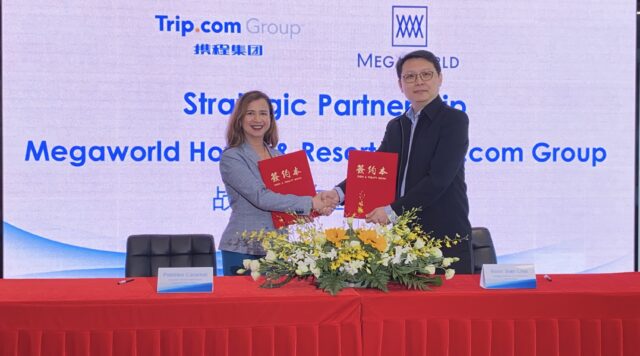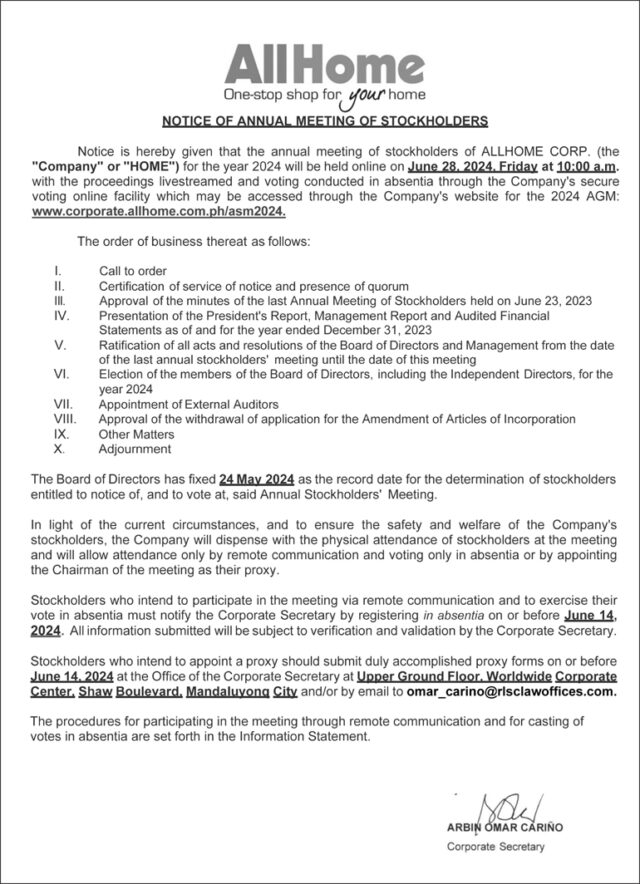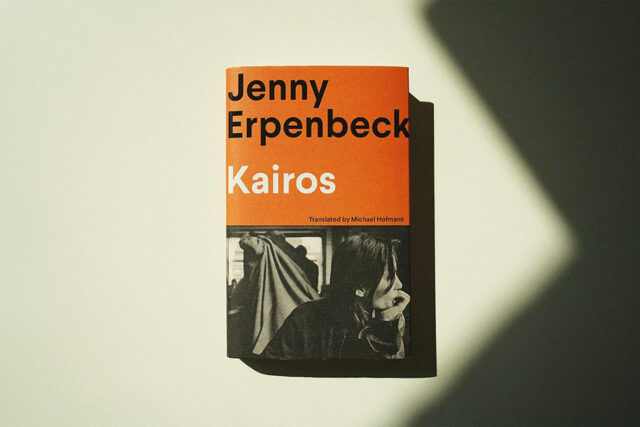Semiconductors, renewables to drive PHL growth — Go

By Beatriz Marie D. Cruz, Reporter
THE PHILIPPINE government is banking on the semiconductor and renewable energy (RE) sectors to drive economic growth, according to the Palace’s chief investment adviser.
“[Some of our priority sectors are] semiconductors, electronics, simply because that is our largest export now in the country. So that’s the sector that we really want to grow,” Secretary Frederick D. Go, who heads the Office of the Special Assistant to the President for Investment and Economic Affairs, told reporters on the sidelines of the Philippine Economic Briefing late on Monday.
Mr. Go cited the potential growth of the electronics sector if the country increases capacity in the assembly, testing and packaging of semiconductors and other electronics.
He said the RE sector is also seen to be a major contributor to overall growth. This comes after the country allowed full foreign ownership of RE projects in 2023.
“Renewable energy now comprises of about a majority, maybe 70% of all the applicants in the green lane for strategic investments,” Mr. Go said.
As of April 1, 51 RE projects worth P1.57 trillion have been approved to go through the “green lane” in all government agencies to fast-track its approval and registration.
“It really tells you that the interest of global foreign direct investors is in that field,” Mr. Go said.
At present, renewables account for 22% of the country’s energy mix. The Philippines is aiming to increase the share of RE to 35% by 2030 and 50% by 2040.
“The main binding constraints to expanded foreign investments in the country remain to be red tape and corruption,” Terry L. Ridon, a public investment analyst and convenor of think tank InfraWatch PH, said in a Viber message.
Leonardo A. Lanzona, who teaches economics at the Ateneo de Manila University, said the semiconductor industry is profitable but still stuck in low value-added production.
“It is necessary to move to a higher value chain that utilizes more domestic resources especially labor. For this, a comprehensive and strategic industrial policy is necessary, especially one that incorporates all the experiences accumulated from the existing semiconductor industry,” he said in a Facebook Messenger chat.
In the first quarter, electronics remained the country’s top export with $10.47 billion, up 13.43% from $9.23 billion in the same period a year ago.
Semiconductor exports rose by 15.3% to $8.14 billion in the January-to-March period from $7.06 billion last year.
The Philippines is seeking to benefit from the United States’ CHIPS (Creating Helpful Incentives to Produce Semiconductors) and Science Act, which seeks to allocate $52.7 billion in federal subsidies to support chip manufacturing in several countries.
Meanwhile, Jose M. Layug, Jr., president of the Developers of Renewable Energy for Advancement, Inc., said that simplifying permits for energy projects, including renewables, will shorten the construction period to less than a year.
“The greatest hurdle in developing any power plant in the Philippines, including renewables, is the number of permits/signatures that need to be secured by the developer and the long period required to get approvals,” Mr. Layug said in a Viber message.
Government agencies must streamline their requirements and consolidate them under the Department of Energy’s energy virtual one-stop shop, he added.
“If we fast-track all these permits, we can easily build renewable energy plants which have shorter construction periods (solar can be built in nine months; wind can be built in 18 months; biomass/hydro can be built in 24 months) compared to the conventional power plants,” Mr. Layug said.












